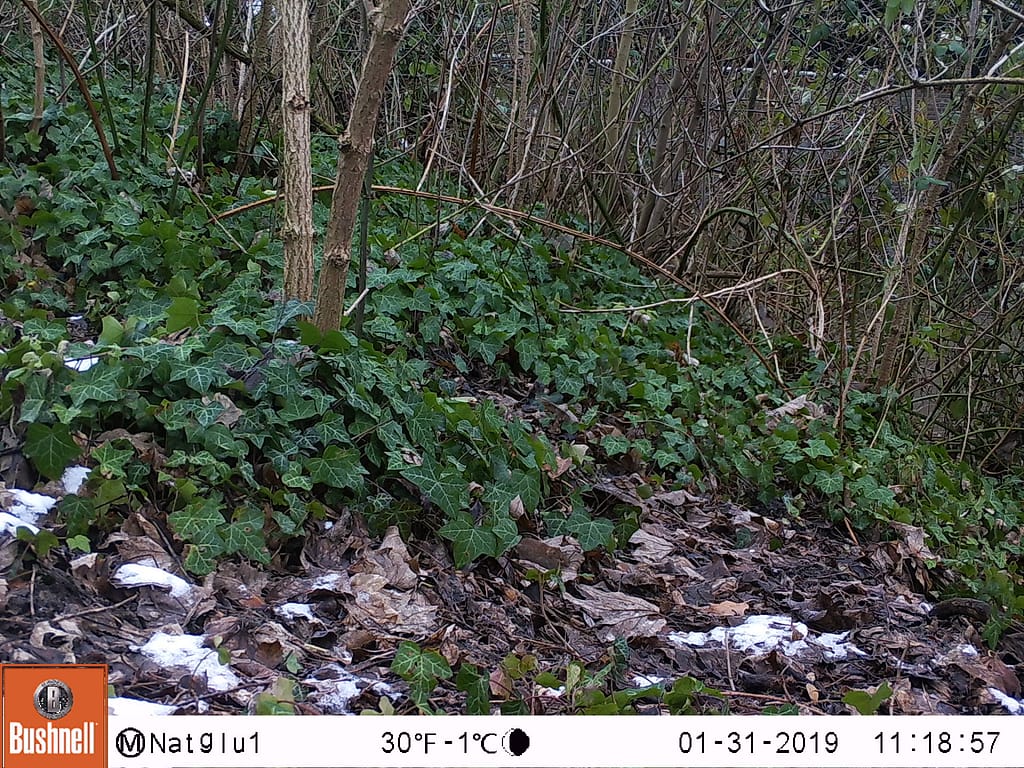Latin name:
Apodemus sylvaticus
Characteristics:
Wood mice have yellow-brown to dark-brown backs and light-grey to white bellies. The tail of the wood mouse is about the same length as its body (75-110 mm) and is two-coloured; the bottom half is light, the top half is dark. Males grow to be slightly larger than females. The wood mouse has short front legs with 4 toes and longer hind legs with 5 toes. Its ears are large and stick out of its fur clearly. The wood mouse also has large black eyes and a short snout with grey whiskers.
Wood mice make soft, squeaking sounds, but if they are afraid they can let out short high-pitched screams. They also make ultrasonic sounds of up to 70kHz. This happens mainly during social interaction and when they are in their nests.
Reproduction:
Male and female wood mice have their own habitats. Males, in particular, defend their territory against other males, but little is known about social interactions and hierarchy among wood mice.
Wood mice dig systems of corridors up to 50cm below the ground using their teeth and legs. This includes the construction of storage rooms. Their nests are made of leaves, moss, and grass, and are located underground or above ground. Sometimes they use nest boxes, bird’s nests or tree cavities.
The reproductive season of the wood mouse runs from March to October, with a peak in July and August. Females usually have three litters during that period. The gestation period is 23 to 26 days and 3 to 8 young are born (the average is 5 or 6). Litters born later in the year are often smaller. When they are born, the young weigh 1 to 2 grams and are naked and blind. The female takes care of the young alone. She keeps returning to the nest to suckle her young, which takes 18 to 22 days. When the young weigh 7 to 8 grams, they leave the nest to look for their own territory. The young born early in the year reach sexual maturity at the end of the mating season. The young born later in the year do not reach sexual maturity until the following spring.
Wood mice do not hibernate.
Diet:
Wood mice are omnivores. In terms of plant foods, they mainly eat the seeds of grasses and weeds. They also eat berries, nuts, mushrooms, and carrots. Animal foods consist mainly of spiders, snails, beetles, and caterpillars, and the pupae of butterflies and moths.
To find food, wood mice climb trees easily. Sometimes wood mice build food stores near their dens, but they also build up (large) food supplies in the dens themselves. Wood mice like to eat in quiet spots, for example under bushes or trees.
